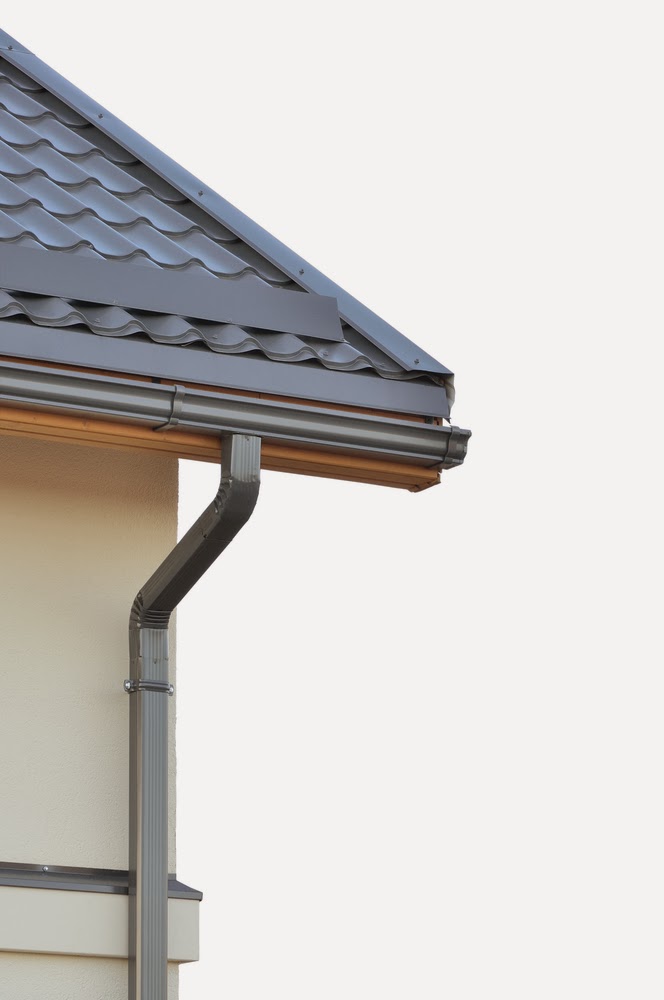April Showers May Bring Damage to Your Roof

This winter has been long and cold...if you're like me, you are anxiously awaiting the arrival of Spring! Birds chirping, flowers blooming, sun shining...it's just a beautiful time of the year to live at the Lake of the Ozarks! But as the saying goes...April Showers bring May flowers...so, before the spring showers arrive, be sure to give your roof a visual check to see if the winter months have caused damage. Here are a two things that need special attention and tend to be the source of many problems: Flashings - This is a metal material that is usually placed over the joints on a roof or around a chimney. Make sure these do not have gaps or openings where water can penetrate into the roof. Call a Lake Ozark Roofing Specialist for help if you need help! Gutters and Downspouts - Make sure you gutters and downspouts are clear of debris and icicles. Take extra care to clean and flush your gutters and downspouts. Not only can clogged gutters and downspouts

.JPG)
.jpg)
.jpg)